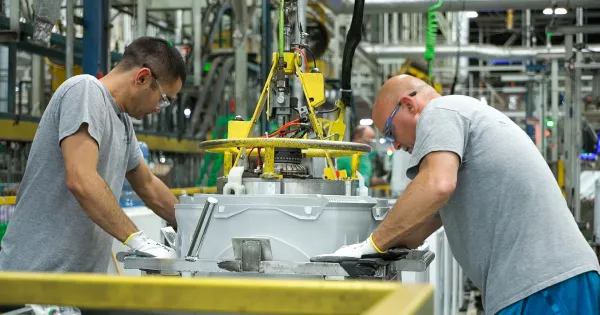D-Wave's Quantum Leap Solves Million-Year Problem

In a historic breakthrough for quantum computing, D-Wave Systems announced it has successfully simulated the properties of magnetic materials using its Advantage2 quantum annealing computer. The achievement, detailed in a paper published in Science, marks what the company calls the first demonstration of quantum supremacy on a real-world, useful problem—one that classical computers are incapable of solving within a reasonable timeframe.
“This is a really important moment in time for the entire quantum computing industry,” said Dr. Alan Baratz, CEO of D-Wave. “For the first time ever, we’ve demonstrated a quantum computer being able to solve a difficult, real-world problem that classical computers can’t solve. It’s what everybody aspired to achieve, and we’re quite excited about it.”
20 Minutes vs. 1 Million Years
To simulate the quantum behavior of magnetic materials on a traditional computer would take close to one million years—and require more energy than the entire planet consumes annually. D-Wave's system completed the same task in just 20 minutes.
“This wasn’t just a couple of months of work,” noted Mohammad Amin, D-Wave’s chief scientist. “This is the result of 25 years of hardware development, and two years of collaboration across 11 institutions worldwide.”
A New Era for Quantum Annealing
Quantum computing has long been seen as a future technology, promising to solve problems far beyond the scope of classical machines. But most real-world applications remained theoretical—until now.
Unlike gate-based quantum computers still being developed and refined, D-Wave’s system uses quantum annealing, a method optimized for solving complex optimization and simulation problems. According to MIT professor Dr. Seth Lloyd, while fully error-corrected quantum computers are still years away, annealing-based machines are already proving useful.
“The D-Wave result shows the promise of quantum annealers for exploring exotic quantum effects in a wide variety of systems,” said Lloyd.
Why This Matters
This breakthrough has significant implications across industries. Materials used in pacemakers, smartphones, and energy systems are usually tested and developed in labs, a costly and time-intensive process. With D-Wave’s simulation capabilities, scientists can model and evaluate new materials before they’re ever built—cutting costs, accelerating development, and increasing efficiency.
“There’s no shortage of potential applications,” Amin added.
Looking Ahead
While the quantum industry still faces a long road to building general-purpose quantum machines, D-Wave’s milestone offers a glimpse into a more immediate future—one where quantum computing isn’t just experimental, but practically useful. And that future may be closer than anyone thought.





